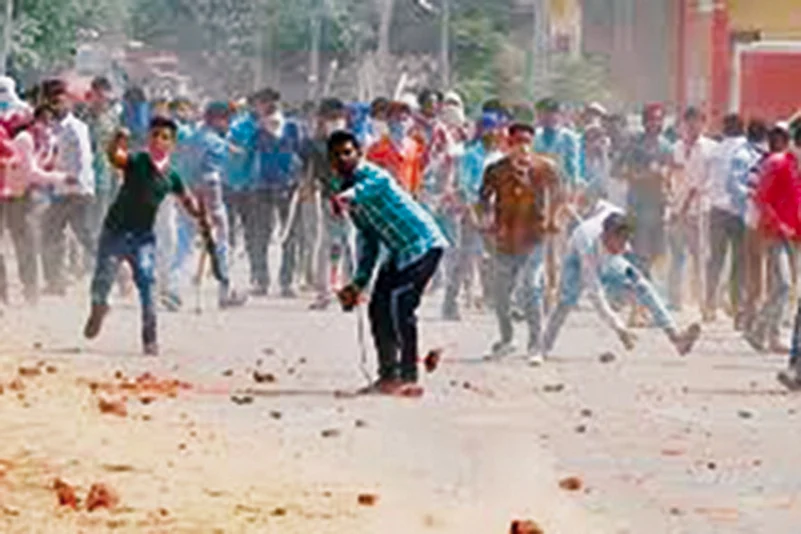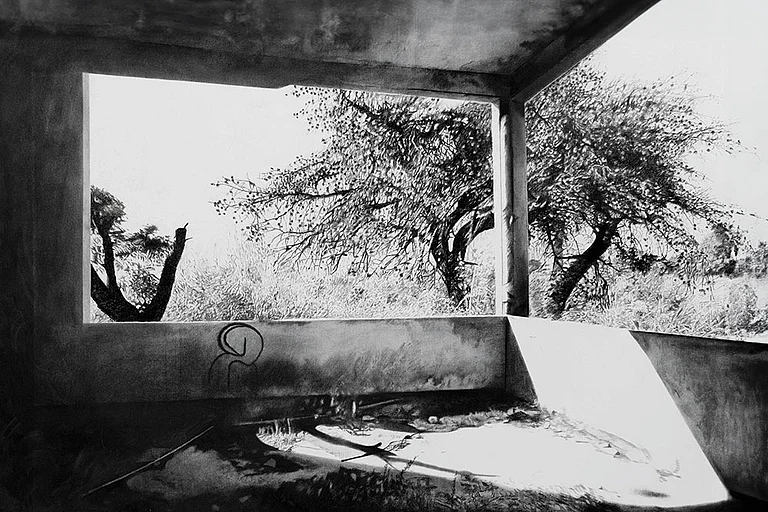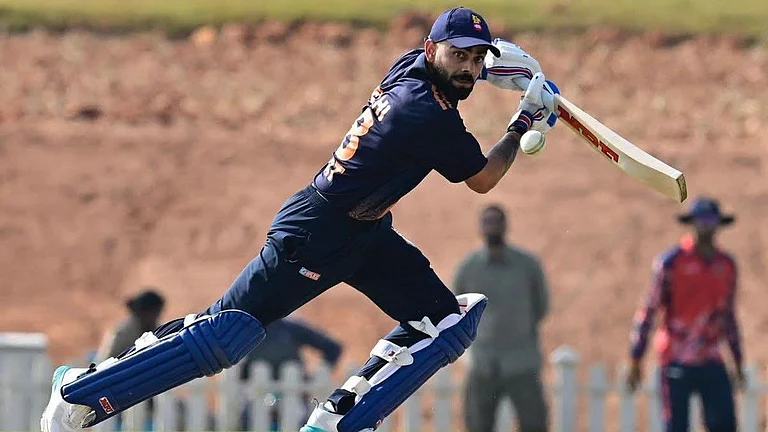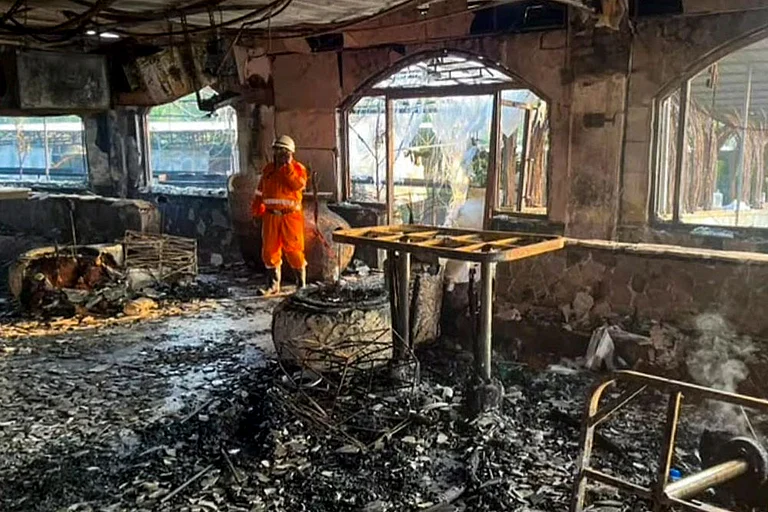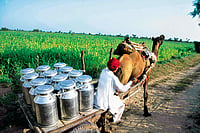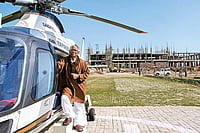Old slogans and new attitudes are together changing the ground-rules of engagement across north India’s social-political landscape. “Our fight is for our rights. Jiski jitni hissedari uski utni bhagidari (share as per population)…that’s our mantra, our right,” says K.C. Pippal, a Dalit activist from Kasganj in western UP, echoing a new clarity of voice. The latest census data pegs the Scheduled Caste population at 16.6 per cent and Scheduled Tribes at 8.6 per cent. Based on these numbers, he says, reservations must go up from the current level of 22.5 per cent. “This is our right. The present government is trying to curtail our rights one way or the other. But now Dalits are united and organised.” He cites the successful, and ‘leaderless’ Bharat Bandh on April 2.
The last year saw many transformative moments in social relations in northern and central India. Conflicts between Dalit and dominant castes, particularly Rajputs, introduced new points of tension in a rift that has defined politics in these parts. Take the violence against Dalits in Shabbirpur village of Saharanpur district in May 2017. It was in this hyperlocal zone of conflict that Chandrashekhar Azad Ravan, the charismatic founder of Bhim Army, began as a new rallying point for Dalits—before his arrest under NSA gave him a much higher profile.
In a wider frame, Shabbirpur and its aftermath went against the ruling BJP. The recent release of Ravan is widely seen as damage control by the BJP, to mollify Dalits ahead of 2019. BSP chief Mayawati—whose once-solid vote bloc has of late seen some signs of blood loss—views Ravan as an upstart and a threat. No surprise that she rebuffed his tentative overtures after his release. She is also holding on to a discretionary veto on the alliance with the Samajwadi Party—seeking to cement her indispensability. Between her ambivalence and the attitude of the more militant young Dalits may hinge a lot of the voting pattern in 2019.
The ground holds no cheer for the BJP as of now. It may have erred in alienating a community on the rise. Long years of emancipatory policy and attendant social changes have ensured that Dalits, especially Jatavs, are no longer the classic suppressed class of old in western UP, like they are elsewhere. Beyond the empowering presence of a three-time CM in Mayawati, their education and economic status has improved a lot over the decades. Not just farm labourers now, they have climbed up the social ladder with government jobs, sometimes further branching off into business and farming, along with a continuing movement from villages to cities and towns for better earnings. Dalits are the best organised class now, capable of fighting unitedly for their causes, says S.S. Nehra, a Supreme Court lawyer and social activist. That explains the emergence of young activists like Ravan, though their influence on voters is still limited. A majority of Dalits are very clear about their leadership—it’s Mayawati, still the only Dalit leader with a national footprint.
Recent events also signal at a new Dalit-OBC alignment. After Gorakhpur and Phulpur, this crossover tendency was on display in the Kairana byelection where Dalits voted RLD. More interesting examples come from central districts like Firozabad, Kannauj and Etawah where Dalits are approaching Yadav MLAs and MLCs to get their entitlements from government schemes. The former bitterness between Yadavs and Dalits is disappearing fast: socially, the proposed alliance is already a reality. Senior BJP leaders still hope old animosities will prevent a merger of Dalit-Yadav votes but are fearful. No wonder the party is focusing on layers within OBC and Dalit sub-castes.
Col R.L. Ram, a retired army officer and Dalit activist, says dominant OBCs and Dalits have no conflict of interest. “We are working for a better understanding between the two,” he says. On the other hand, he adds, Thakurs and Brahmins have always had uncomfortable relations with Dalits, and the recent anti-SC/ST Act agitation can only exacerbate this divide.
UP has 22-23 per cent SC/ST votes—STs forming a mere one per cent of that. Within the 22 per cent Dalit vote, Jatavs number over 60 per cent: this is Mayawati’s core vote. Only some castes like Koeri, Khatik and a small number of Valmikis are BJP supporters. Pasis, another big Dalit caste, are split between SP and BJP. This mosaic ensures Mayawati’s voteshare never dips below 22-23 per cent. An SP-BSP-RLD alliance, which looks feasible now, will therefore spell big trouble for the BJP.
(The author is editor, Outlook Hindi)






